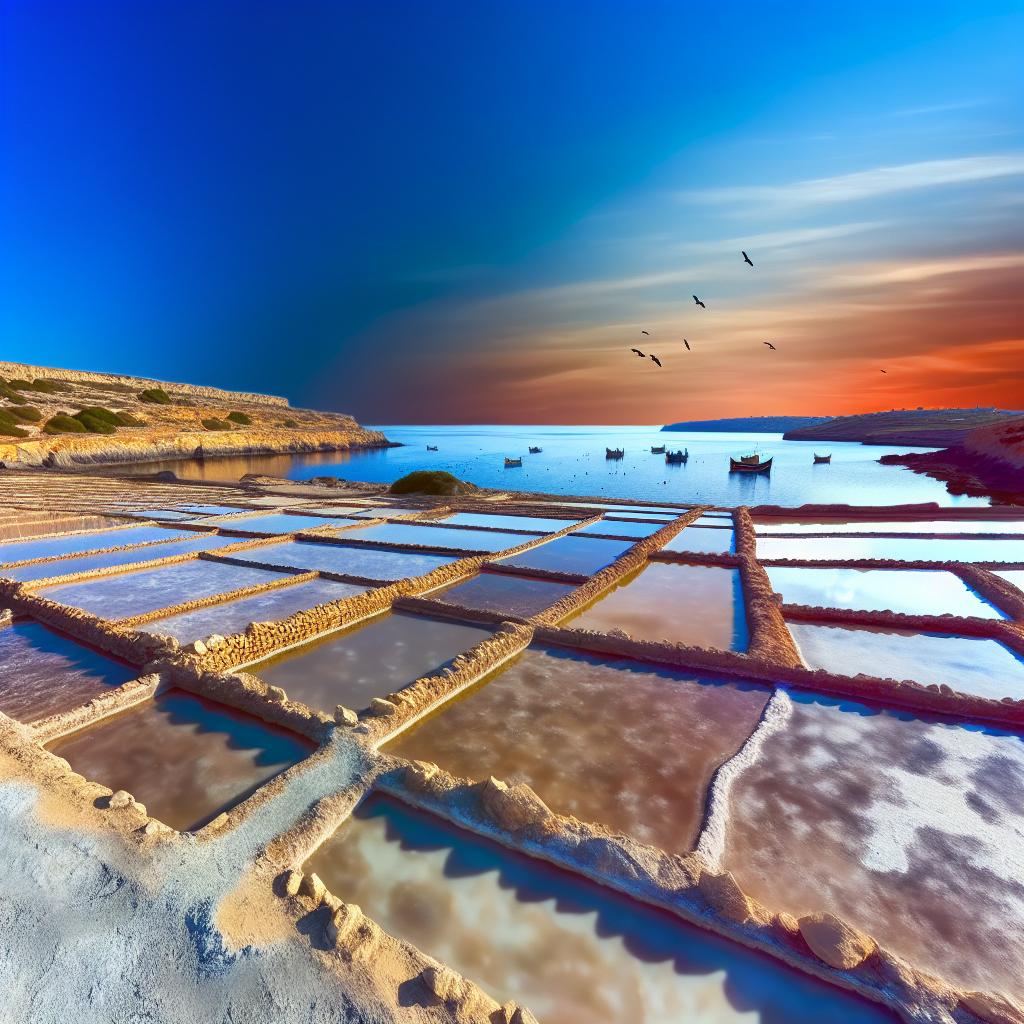Introduction to Salt Pans in Marsalforn
The salt pans in Marsalforn, situated along the northern coast of Gozo, Malta, present a fascinating look into the traditional craft of sea salt production. This enduring practice, which has been handed down through the generations, remains active in these remarkable coastal formations, offering an intriguing blend of cultural, historical, and natural interest.
Historical Background
Salt harvesting in Gozo boasts a rich history dating back nearly 350 years. The salt pans exemplify a deep-rooted tradition inherent to the Maltese islands. Initially established to fulfill the imperative needs of the local community for seasoning and preserving food, these salt pans have remained operational over the centuries. They underscore a legacy of cultural heritage and represent sustainable resource management practices. The creation of the salt pans highlights the ingenuity of the island’s early inhabitants, who recognized the potential of their coastal environment to produce this vital mineral resource.
Geographic and Structural Features
Strategically positioned along the coast near Marsalforn, the salt pans stretch over an expansive rocky landscape. These grid-like formations, meticulously carved into the durable limestone rock, are crafted into shallow depressions specifically engineered to capture sea water. The geographical placement and structural design demonstrate a keen understanding of natural processes. The key objective is to harness the intense Mediterranean sunlight to facilitate the evaporation of sea water, resulting in the accumulation of crystalline sea salt. This method not only maximizes exposure to the sun but also ensures the effectiveness and efficiency of the salt production process.
Modern Harvesting Process
In the face of modern technological advancements, the salt harvesting methodology at Marsalforn has retained its largely traditional character. The process begins with water being pumped into the pans directly from the adjoining sea. The relentless heat of the sun plays a crucial role in the evaporation process, leaving behind deposits of sea salt. Harvesters, employing basic wooden tools, retrieve the salt with great care before moving on to refinement and packaging stages. This adherence to traditional techniques not only preserves the authenticity of the process but also ensures that the quality of the salt aligns with established standards. For further insights into the intricacies of salt harvesting, additional information can be explored by visiting this site.
Significance and Tourism
The salt pans hold immense significance beyond their functional utility. As a prominent tourist attraction, they provide a unique window into an ancient craft. Visitors to Gozo are drawn to this coastal haven to experience and learn about this traditional practice firsthand. Moreover, the stark contrast of the pristine white salt against the vibrant blue sea and sky creates breathtaking vistas that captivate photographers and nature enthusiasts. This union of natural beauty with cultural heritage fortifies the appeal of the site. The salt pans are not only a testament to historic ingenuity and resourcefulness but also a living museum of sorts, where the past meets the present.
In conclusion, the Marsalforn salt pans stand as a symbol of enduring cultural tradition and sustainable practice. They continue to fulfill the needs of the local community while simultaneously attracting visitors who are keenly interested in heritage and the aesthetics of nature. This unique interplay of utility and history elevates the salt pans to a significant status within Gozo’s landscape. As observers stand among these coastal formations, they are not merely witness to a process of salt production but to a rich tapestry of history and tradition that is intricately woven into the fabric of Maltese culture.

